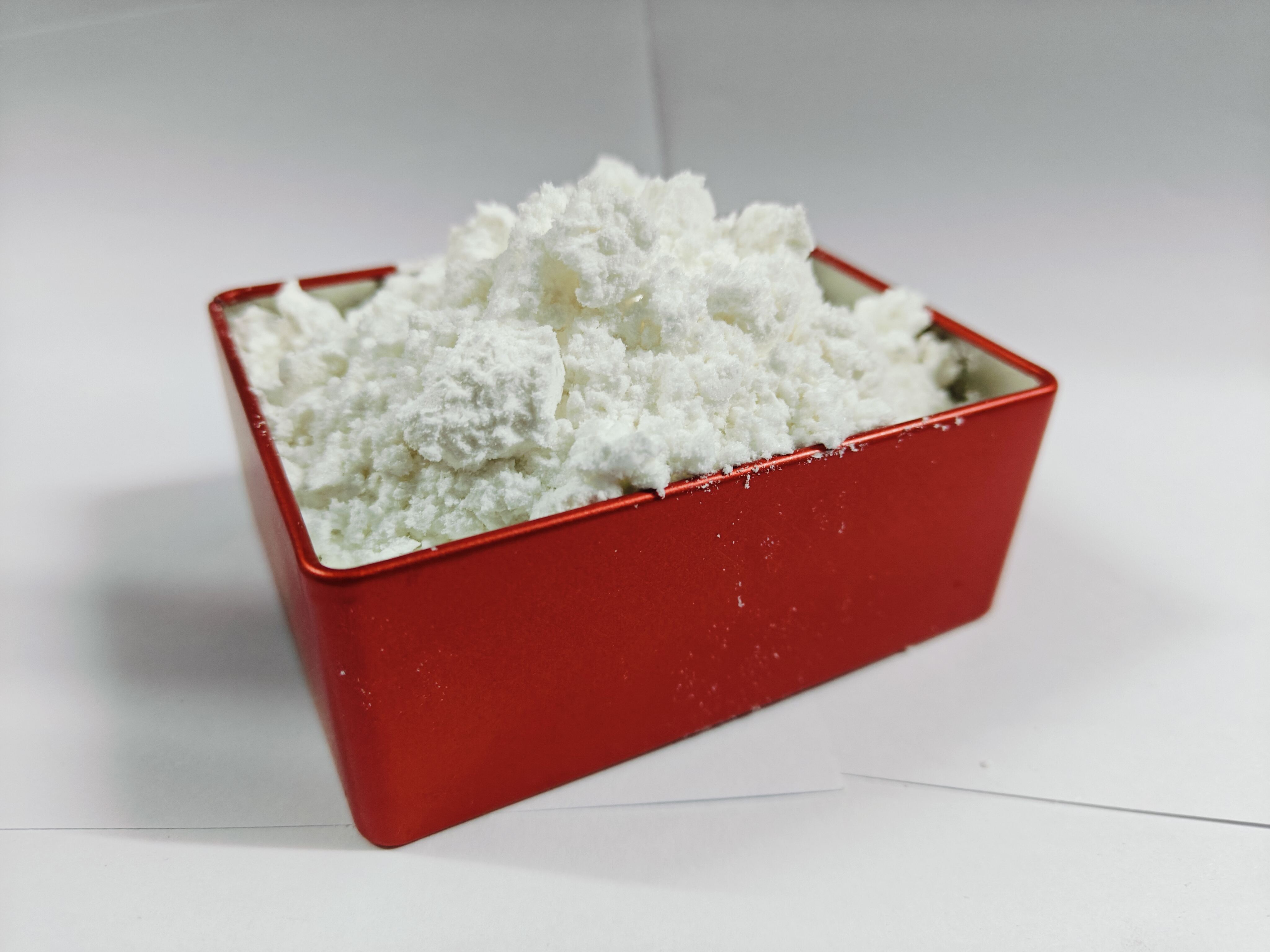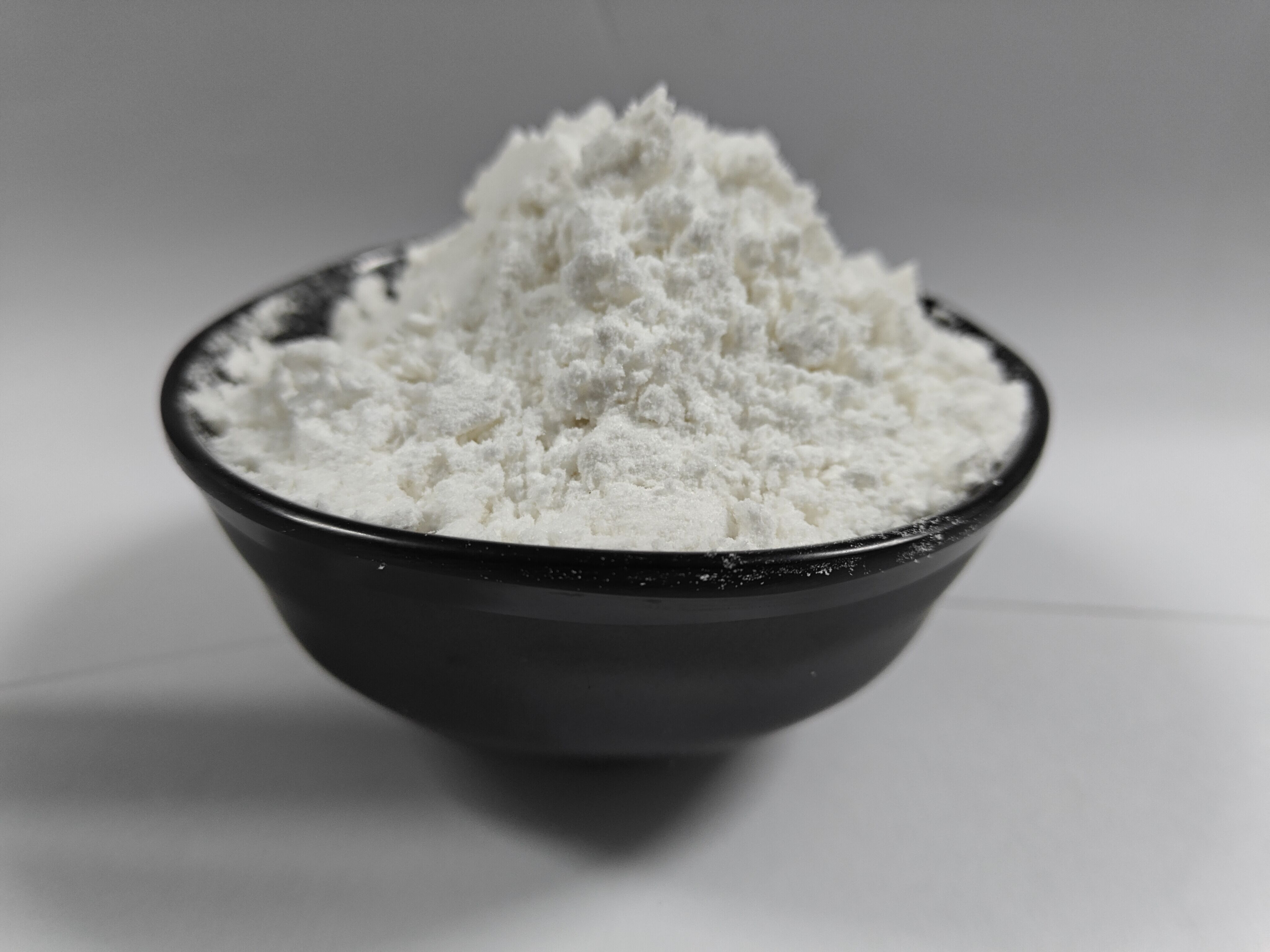Understanding the Revolutionary Impact of CDI in Chemical Synthesis
In modern organic chemistry laboratories, the formation of amide bonds represents a crucial reaction pathway that underlies countless synthetic processes. The introduction of CDI coupling reagent has transformed how chemists approach these essential reactions, offering an efficient and streamlined method for creating amide bonds. This powerful reagent has become indispensable in both research and industrial settings, providing chemists with a reliable tool for peptide synthesis and other important molecular transformations.
The significance of CDI coupling reagent extends beyond its primary function, as it addresses many challenges that traditionally plagued amide bond formation. By offering a more straightforward and environmentally conscious approach, CDI has revolutionized how laboratories conduct these fundamental chemical reactions, leading to improved efficiency and reduced waste in synthetic processes.
The Chemistry Behind CDI Coupling Reactions
Mechanism of Action
The CDI coupling reagent operates through a well-defined mechanism that begins with the activation of carboxylic acids. When CDI interacts with a carboxylic acid, it forms an activated intermediate that readily reacts with amines to form the desired amide bond. This process occurs under mild conditions and generates carbon dioxide and imidazole as by-products, both of which are easily removed from the reaction mixture.
The elegance of this mechanism lies in its predictability and efficiency. Unlike other coupling methods that may require harsh conditions or generate problematic side products, CDI-mediated reactions proceed cleanly and typically result in high yields. This predictability makes it an attractive choice for both simple and complex molecular syntheses.
Advantages Over Traditional Methods
Traditional amide bond formation often relied on more aggressive reagents and conditions that could lead to unwanted side reactions or degradation of sensitive functional groups. CDI coupling reagent offers several distinct advantages, including room temperature reactions, minimal side products, and compatibility with a wide range of substrates. These benefits have made it a preferred choice in many synthetic protocols.
The reagent's stability and ease of handling also contribute to its widespread adoption in laboratory settings. Unlike some coupling reagents that require special storage conditions or degrade quickly, CDI remains stable under normal laboratory conditions and can be stored for extended periods without significant loss of activity.
Practical Applications in Laboratory Settings
Peptide Synthesis Applications
In peptide synthesis, CDI coupling reagent has proven invaluable for creating complex peptide chains. Its selective reactivity and mild conditions make it particularly suitable for sensitive peptide sequences that might be compromised by harsher coupling methods. Researchers can achieve high yields while maintaining the integrity of their target molecules.
The versatility of CDI extends to both solution-phase and solid-phase peptide synthesis, offering flexibility in experimental design. This adaptability has made it a go-to reagent for both small-scale research projects and larger-scale peptide production efforts.
Industrial Scale Applications
The benefits of CDI coupling reagent become even more apparent at industrial scales, where efficiency and cost-effectiveness are paramount. The reagent's predictable behavior and minimal waste generation make it an attractive choice for large-scale chemical processes. Industries have successfully implemented CDI-based protocols in the production of pharmaceuticals, agrochemicals, and other high-value compounds.
Furthermore, the scalability of CDI-mediated reactions has led to improved production processes across various sectors. Companies can maintain high product quality while meeting increasing demand for their chemical products, all while adhering to strict environmental regulations.

Optimization Strategies for CDI Coupling
Reaction Conditions and Parameters
Success with CDI coupling reagent often depends on careful control of reaction conditions. Temperature management, solvent selection, and concentration optimization all play crucial roles in achieving optimal results. Chemists have developed detailed protocols for various substrate combinations, allowing for reproducible and efficient reactions.
The choice of solvent particularly impacts reaction efficiency, with aprotic solvents like THF and DCM typically providing the best results. Monitoring reaction progress through appropriate analytical techniques ensures complete conversion and helps maintain product quality.
Troubleshooting Common Issues
Even with its reliability, occasional challenges may arise when using CDI coupling reagent. Understanding common pitfalls and their solutions helps maintain high reaction efficiency. Issues such as incomplete conversion or side product formation can often be addressed through careful adjustment of reaction parameters or proper substrate preparation.
Maintaining anhydrous conditions and using fresh reagents can prevent many common problems. Regular quality control checks and proper storage practices ensure consistent results across multiple reaction batches.
Future Developments and Trends
Emerging Technologies
The field of coupling chemistry continues to evolve, with new developments building upon the foundation established by CDI coupling reagent. Researchers are exploring modified versions of CDI with enhanced reactivity or selectivity, potentially opening new avenues for chemical synthesis. These innovations promise to further expand the utility of CDI-based chemistry.
Integration with automated synthesis platforms and flow chemistry systems represents another frontier in CDI coupling technology. These advances could lead to more efficient and sustainable chemical processes in both research and industrial settings.
Sustainable Chemistry Perspectives
As the chemical industry increasingly focuses on sustainability, CDI coupling reagent aligns well with green chemistry principles. Its efficient reaction profile and minimal waste generation contribute to more environmentally friendly synthetic processes. Ongoing research continues to optimize these aspects, potentially leading to even more sustainable applications.
The development of recyclable variants and improved recovery methods for by-products demonstrates the commitment to reducing environmental impact while maintaining synthetic efficiency.
Frequently Asked Questions
What makes CDI coupling reagent different from other coupling agents?
CDI coupling reagent stands out due to its mild reaction conditions, clean reaction profile, and minimal by-product formation. Unlike other coupling agents, it generates easily removable by-products and maintains high efficiency across a wide range of substrates.
How should CDI coupling reagent be stored for optimal stability?
For best results, store CDI coupling reagent in a sealed container under dry conditions at room temperature. Avoid exposure to moisture and heat, as these factors can affect its reactivity and shelf life.
Can CDI coupling reagent be used with sensitive functional groups?
Yes, CDI coupling reagent is compatible with many sensitive functional groups due to its mild reaction conditions. However, always conduct preliminary tests with complex molecules to ensure compatibility and optimal results.

